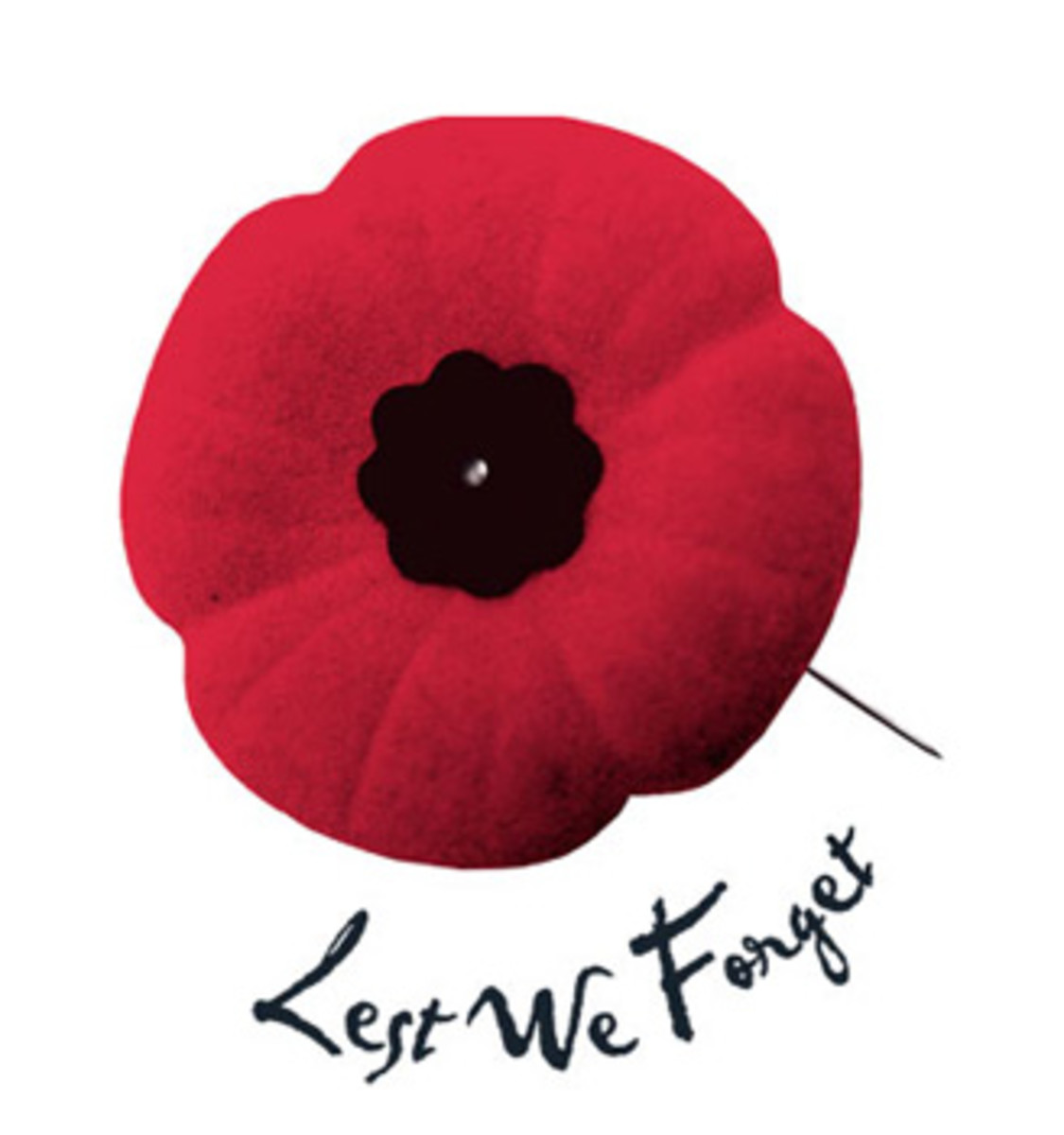History of Veterans Day, Armistice Day, November 11
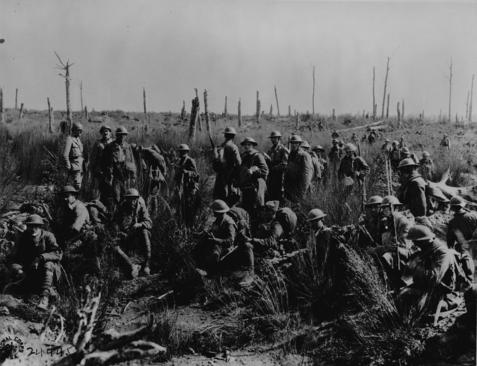
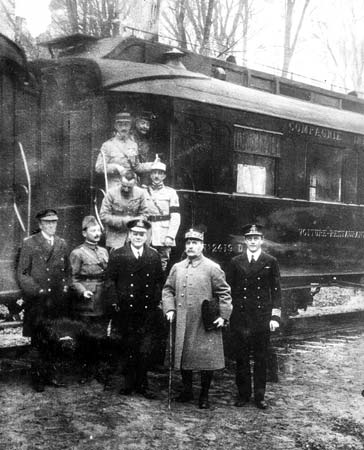
The First Veterans' Day
World War I, the "War to End All Wars" or "The Great War", included three major armistices (cessation of fighting prior to peace negotiations).
The hostilities on the Eastern front ended with an armistice in December 1917 and the Treaty of Brest-Litovsk. This was followed by an armistice in Romania, which was settled by the Treat of Bucharest.
But the final armistice of World War I did not come until November 1918, as famously noted, at the 11th hour of the 11th day of the 11th month. Final terms were set with the Treaty of Versailles.
A year later, as a devastated Europe was in the beginning process of rebuilding its towns, countrysides, cities, and lives, the leaders of France, Great Britain, and the United States all declared November 11 to be one of commemoration and recognition for the great sacrifices that were made by men and women during the war. World War I stands as the most destructive war in recorded history, resulting in 16 million civilian and military deaths and 21 million military and civilian wounded. Of the 16 million deaths, 9.7 were military personnel and 6.8 were civilians.
Unlike our modern Veteran's Day, with bank, government, and school holidays and department store sales, the first Armistice Day was an almost sacred observance.
fIn the United States, President Wilson proclaimed November 11 as the first commemoration of Armistice Day with the following words: "To us in America, the reflections of Armistice Day will be filled with solemn pride in the heroism of those who died in the country’s service and with gratitude for the victory, both because of the thing from which it has freed us and because of the opportunity it has given America to show her sympathy with peace and justice in the councils of the nations…"
This first Armistice Day included the ringing of church bells across the country and a brief suspension of business at 11:00am for moments of reflection and gratitude. World War I veterans throughout the U.S. were paraded through towns and cities and considered hometown heroes. Churches and synagogues held special services, mayors and town leaders gave speeches, and a tradition of honoring American veterans of all wars began.
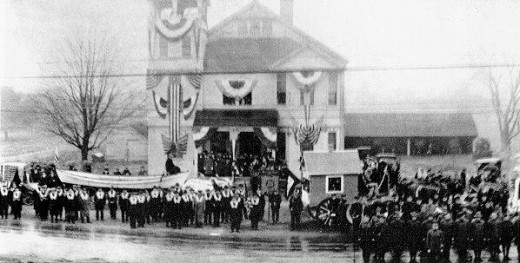
In 1926, the U.S. Congress passed the following resolutions regarding Armistice Day:
Whereas the 11th of November 1918, marked the cessation of the most destructive, sanguinary, and far reaching war in human annals and the resumption by the people of the United States of peaceful relations with other nations, which we hope may never again be severed, and
Whereas it is fitting that the recurring anniversary of this date should be commemorated with thanksgiving and prayer and exercises designed to perpetuate peace through good will and mutual understanding between nations; and
Whereas the legislatures of twenty-seven of our States have already declared November 11 to be a legal holiday: Therefore be it Resolved by the Senate (the House of Representatives concurring), that the President of the United States is requested to issue a proclamation calling upon the officials to display the flag of the United States on all Government buildings on November 11 and inviting the people of the United States to observe the day in schools and churches, or other suitable places, with appropriate ceremonies of friendly relations with all other peoples.
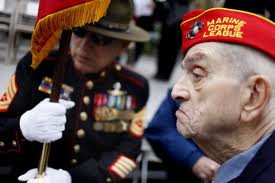
Modern Veterans' Day
In 1954, Armistice Day became known as Veterans' Day to commemorate not only WWI but WWII, the Korean War, and the service of all other U.S. military veterans.
Then in 1968, the Uniform Holiday Act was passed to ensure holidays for federal workers and as an attempt to get Americans out on the road, traveling and consuming, on three-day weekends. In addition to creating one holiday in February for Washington and Jefferson's birthdays (Presidents' Day), a three-day Memorial Day weekend, and a Columbus Day weekend, the government moved Veterans' Day to the fourth Monday in October.
The move of Veterans' Day to October was controversial and not acknowledged by many states. U.S. citizens and veterans also protested the government's rescheduling of a day of such important historic significance. So, in 1975, President Ford re-designated November 11 as Veterans' Day.
Today, as the last of the WWI veterans have passed away, Veterans' Day recognizes and thanks the millions of Americans who have served their country in the Army, Navy, Air Force, Marines, Coast Guard, the reserves, and the state militias during war and peace. Hopefully, one day, there will be no more war.
Related Articles
- Free Vintage Post Cards for Memorial and Veterans Day
It's not necessarily traditional to send cards to US military veterans for Memorial Day or Veterans Day, but there's no reason not to start that tradition right now using these patriotic vintage post cards. - World War 2 Did it begin at Pearl Harbor?
World War 2 -- Did it begin at Pearl Harbor? Strangely, almost no one is aware of the answer that has the strongest claim to validity -- 8 December 1941, Kota Bharu, British Malaya. - World war 1 A Day in the Trenches ww1
Apart from dodging bullets and avoiding death from enemy shells, there was a daily routine in the trenches of World War 1. It started 1 hour before dawn with the morning "stand to" the men were roused from...

